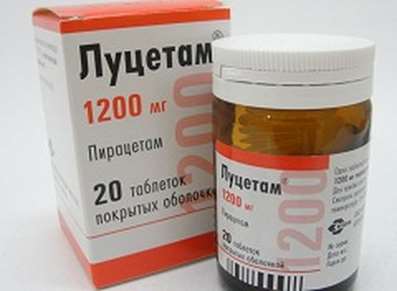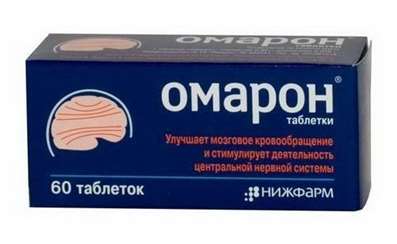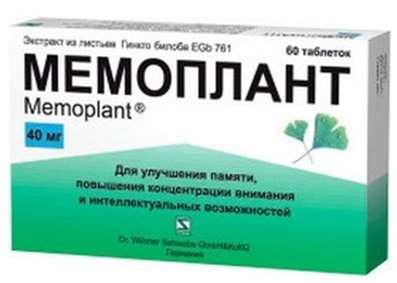Instruction for use: Depo-Medrol
I want this, give me price
Active substance Methylprednisolone
ATX Code H02AB04 Methylprednisolone
Pharmacological group
Glucocorticosteroids
Composition and form of release
Suspension for injection 1 ml
Methylprednisolone acetate 40 mg
Auxiliary substances: polyethylene glycol 3350; sodium chloride; Myristyl-gamma-picolinic acid chloride; water for injections
In vials of 1 or 2 ml; In a pack of cardboard 1 bottle.
pharmachologic effect
Pharmacological action - glucocorticoid.
Dosing and Administration
Intramuscularly; Intraarticular, periarticular, intra-bursal administration or introduction into soft tissues; Introduction to the pathological focus; Instillation into the rectum.
In / m administration to achieve a systemic effect: the dose depends on the severity of the disease and the patient's reaction. If it is desired to achieve a long-term effect, it is possible to calculate the weekly dose by multiplying the daily dose for oral administration by 7 and introducing it at one time in the form of an IM injection. For infants and children, a lower dose is used. The treatment is carried out under constant medical supervision.
Patients with adrenogenital syndrome - in / m (intramuscular) 40 mg once every 2 weeks. For maintenance therapy for patients with rheumatoid arthritis - in / m 40-120 mg once a week. The usual dose for systemic corticosteroid therapy in patients with skin diseases is / m 40-120 mg once a week for 1-4 weeks. In acute severe dermatitis caused by poison, contained in ivy, it is possible to eliminate the manifestations within 8-12 hours after the / m administration of a single dose of 80-120 mg. With chronic contact dermatitis, to achieve the effect, repeated injections are possible with an interval of 5-10 days. With seborrheic dermatitis, it is enough to administer a dose of 80 mg once a week to control the condition.
After the / m introduction of 80-120 mg of patients with bronchial asthma, the disappearance of symptoms occurs within 6-48 hours, and the effect persists for several days or even 2 weeks. In patients with allergic rhinitis (hay fever) IM injection of 80-120 mg also leads to the elimination of symptoms of acute rhinitis within 6 hours, and the effect is thus kept from several days to 3 weeks.
If the symptoms of stress develop in the disease to which therapy is directed, the dose of the suspension should be increased. If it is required to obtain a quick and maximum effect of hormone therapy, iv injection of a highly soluble drug form, methylprednisolone sodium succinate, is indicated.
Introduction to the pathological focus to achieve a local effect.
1. Rheumatoid arthritis and osteoarthritis. The dose for intraarticular administration depends on the size of the joint, the severity of the condition of the patient. In chronic cases, the number of injections can vary from 1 to 5 or more per week, depending on the degree of improvement achieved after 1 injection.
Procedure: Before performing an intra-articular injection, it is recommended to evaluate the anatomy of the affected joint. To achieve a full-fledged anti-inflammatory action, it is important that the injection be made into the synovial cavity. The procedure is carried out in compliance with the sterility conditions in the same way as the lumbar puncture. Sterile needle 20-24 G (put on a dry syringe) is quickly inserted into the synovial cavity. The method of choice is infiltration anaesthesia procaine. Aspiration of several drops of intra-articular fluid is performed to control the entry of the needle into the joint cavity. When choosing the site of the injection, which is individual for each joint, the closeness of the synovial cavity to the surface (as close as possible) is taken into account, as well as the path of passage of large vessels and nerves (as far as possible). The needle remains in place, the aspirating syringe is removed and replaced with another syringe containing the correct amount of Depo-Medrol. Then slowly pull the plunger toward yourself and aspirate the synovial fluid to make sure that the needle is still in the synovial cavity. After the injection, several light movements in the joint should be made, which helps to mix the suspension with the synovial fluid. Place the injection close a small sterile bandage.
Intra-articular injections can be performed in the knee, ankle, elbow, shoulder, phalangeal and hip joints. Sometimes there are difficulties with the introduction of the drug in the hip joint, you should take precautions to avoid getting into large blood vessels. Among the joints in which no injections are made, those that are anatomically inaccessible, such as intervertebral articulations, as well as the sacroiliac joint, in which there is no synovial cavity, should be noted. Inefficiency of therapy is most often the result of an unsuccessful attempt to penetrate the joint cavity. When the drug is injected into the surrounding tissues, the effect is insignificant or absent at all. If the therapy did not give positive results in the case when getting into the synovial cavity was not in doubt, which was confirmed by the aspiration of the intra-articular fluid, repeated injections usually are useless.
Local therapy does not eliminate the process underlying the disease, therefore, complex therapy, including physiotherapy and orthopedic correction, should be carried out.
When intra-articular administration and / or with other types of injections, sterility should be strictly observed in order to avoid iatrogenic infection.
When intra-articular corticosteroids should be used carefully, so as not to overload the joints, in which symptomatic improvement is noted. Neglect of these requirements can lead to an increase in joint damage compared to what was before the initiation of steroid therapy.
Glucocorticoids can not be injected into unstable joints. In some cases, repeated intraarticular injections can lead to instability of the joint. In certain cases it is recommended to perform X-ray inspection to detect damage.
2. Bursitis. The area around the injection site is treated appropriately to ensure sterility, and local infiltration anesthesia is performed with a 1% solution of procaine hydrochloride. A needle 20-24 G is inserted on the dry syringe, which is inserted into the joint bag, and then aspiration of the liquid is performed. The needle is left in place, and the syringe with aspirated liquid is removed and a small syringe containing the selected dose of the drug is placed in its place. After the injection, the needle is removed and a small bandage is applied.
3. Other localization of the inflammatory process: cyst of the tendon sheath, tendonitis, epicondylitis. In the treatment of conditions such as tendonitis or tendosynovitis, care should be taken to ensure that the suspension is inserted into the tendon sheath rather than into the tendon tissue. The tendon can easily be palpated if you hold your hand along it. When treating conditions such as epicondylitis, it is necessary to identify the most painful area and introduce a suspension into it by the method of creating an infiltrate. In the cysts of the tendon sheaths, the suspension is injected directly into the cyst. In many cases, it is possible to achieve a significant reduction in the size of the cystic tumor and even its disappearance after a single injection of the drug. Each injection should be done in compliance with the requirements of sterility (skin treatment with a suitable antiseptic).
Dosage in the treatment of various lesions of the tendons and articular bags indicated above may be different depending on the nature of the process, and is 4-30 mg. If the recurrence or chronic course of the process may require repeated injections.
4. Injection to achieve a local effect in skin diseases. After treating the skin with a suitable antiseptic, for example, 70% alcohol, 20-60 mg of the suspension is injected into the lesion. With a large lesion surface, a dose of 20-40 mg is divided into several parts and injected into various parts of the affected surface. To avoid whitening of the skin with subsequent desquamation, the drug should be administered with caution. Usually, from 1 to 4 injections, the interval between injections depends on the type of pathological process and the length of the period of clinical improvement achieved after the first injection.
Introduction to the rectum.
It was found that Depo-Medrol at doses of 40 to 120 mg, administered as a retained or constant dropping enema, 3 to 7 times a week for 2 weeks or more, is an effective adjunct to therapy in some patients with ulcerative colitis. In many patients, it is possible to achieve the effect by administering 40 mg of the drug diluted in 30-300 ml of water, depending on the degree of lesion of the mucosa of the large intestine. In addition, the therapeutic measures generally accepted for the disease should be carried out.
Hormone therapy is an adjunct to conventional therapy, but does not replace it. The dose of the drug should be reduced gradually, the withdrawal of the drug is also carried out gradually, if it was administered longer than for several days. If a period of spontaneous remission has occurred during a chronic illness, treatment should be discontinued. With prolonged therapy, routine laboratory tests, such as urinalysis, blood sugar levels at 2 hours after ingestion, determination of blood pressure, body weight, chest X-ray, should be done regularly, at regular intervals. Patients with a history of peptic ulcer disease or with severe dyspepsia are advised to conduct an X-ray examination of the upper gastrointestinal tract.
Storage conditions
At a controlled temperature of 20-25 ° C.
Keep out of the reach of children.
Shelf life
5 years.
Do not use after the expiry date printed on the package.

 Cart
Cart





